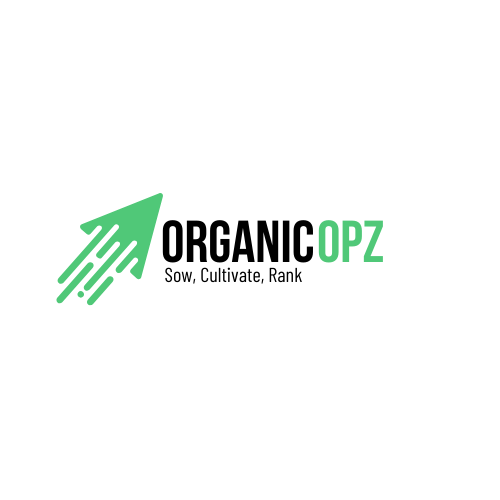How to Create a Content Calendar for Your Blog
 OrganicOpz
OrganicOpzCreating a content calendar is crucial for any successful blog strategy. It helps you stay organized, plan ahead, and maintain consistency in your content delivery. Follow these steps to create an effective content calendar that will keep your blog on track and your audience engaged.
Having a well-planned content calendar is key to driving consistent traffic and engagement to your blog. Whether you're a seasoned blogger or just starting out, a content calendar provides a roadmap for your content creation efforts.
Step 1: Define Your Goals and Audience
Before diving into creating a content calendar, it's essential to clearly define your blogging goals and understand your target audience. What are you trying to achieve with your blog? Who is your ideal reader? Understanding these aspects will guide your content strategy.
Step 2: Conduct Keyword Research
Keyword research is fundamental for optimizing your blog content for search engines. Identify focus keyphrases and related topics that resonate with your audience. Use tools like Google Keyword Planner or SEMrush to find relevant keywords with decent search volume and low competition.
Step 3: Outline Your Content Categories
Organize your blog topics into categories that align with your business goals and audience interests. This helps ensure a balanced mix of content types and keeps your blog diverse and engaging. Common categories include educational posts, product updates, industry news, and customer stories.
Step 4: Choose a Content Calendar Tool
Select a content calendar tool that suits your needs and preferences. Popular options include Trello, Asana, or even a simple Google Sheets template. The tool should allow you to schedule posts, assign tasks, and track deadlines effectively.
Step 5: Plan Your Content Schedule
Start populating your content calendar with planned topics, publication dates, and assigned responsibilities. Aim for consistency in your posting schedule to maintain reader expectations and improve SEO. Incorporate seasonal trends and relevant events to keep your content timely and engaging.
Step 6: Write and Optimize Your Content
As you create each piece of content, ensure it's well-optimized for SEO. Use your focus keyphrase naturally throughout the content, including in the title, headings, URL, meta descriptions, and first paragraph. Aim for a keyword density of 1-2% to maintain readability and avoid over-optimization.
Step 7: Include Clear Calls to Action (CTAs)
Every blog post should include a clear call to action (CTA) that guides readers on the next steps. Whether it's subscribing to your newsletter, downloading a resource, or exploring your products/services, CTAs enhance engagement and drive conversions.
Step 8: Review and Update Regularly
Regularly review your content calendar to assess performance metrics such as traffic, engagement, and conversions. Update your calendar based on insights gained to optimize future content planning. Consider repurposing successful content or updating outdated posts to improve search rankings.
Conclusion
Creating a content calendar is a foundational step towards achieving blogging success. By defining goals, conducting keyword research, and planning your content strategically, you can maintain consistency, attract a loyal audience, and drive business growth through your blog.
Start implementing these steps today to streamline your blogging efforts and maximize your content's impact.
Subscribe to my newsletter
Read articles from OrganicOpz directly inside your inbox. Subscribe to the newsletter, and don't miss out.
Written by

OrganicOpz
OrganicOpz
Welcome to OrganicOpz, your partner in cultivating organic growth and optimizing your online presence. We specialize in personalized SEO strategies designed to help you rank higher, attract more organic traffic, and achieve long-term success in the digital landscape.